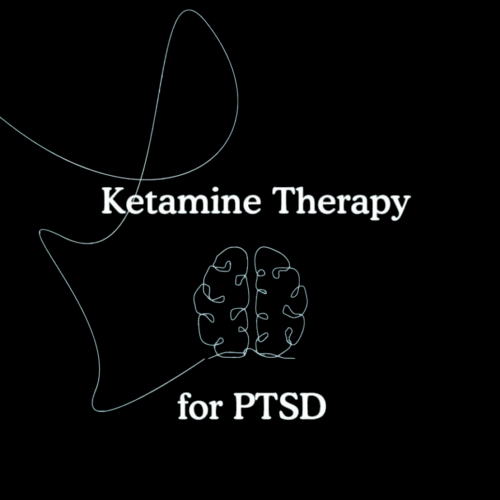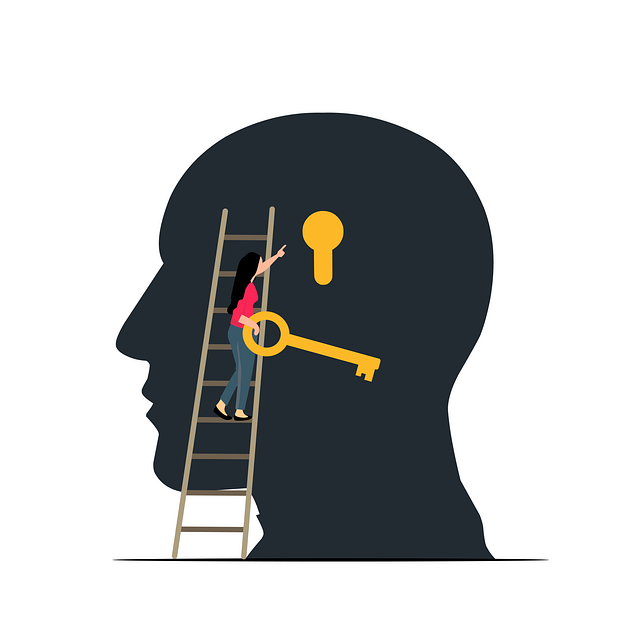Introduction
Suicidal ideation, or suicidal thoughts, can feel overwhelming, isolating, and frightening. For many people, these thoughts come as a result of intense emotional pain, mental health struggles, trauma, or overwhelming life circumstances. While the experience can feel hopeless in the moment, it is important to know that help is available. One of the most effective ways to address suicidal thoughts is through therapy.

Therapy provides a safe and supportive space to express emotions, understand thought patterns, and learn coping strategies that reduce distress. Instead of suffering alone, individuals can work with trained professionals who know how to guide them toward healing and hope. This article explores therapy options for suicidal ideation, how therapists handle these situations, and what treatments are often most effective.
What therapy should I get for suicidal thoughts?
Choosing a therapy for suicidal thoughts depends on personal needs, the severity of symptoms, and individual comfort. Not all therapies are the same — each has its own approach and tools that help people manage difficult emotions. Below are the most common therapies recommended for suicidal ideation:
1. Cognitive Behavioral Therapy (CBT)
CBT is one of the most widely used approaches in mental health treatment. It focuses on identifying and challenging negative thinking patterns that fuel suicidal thoughts. By learning to replace harmful thoughts with healthier alternatives, individuals can regain a sense of control and hope. CBT also includes problem-solving skills that help people manage stress and prevent future crises.
2. Dialectical Behavior Therapy (DBT)
DBT was originally developed for people with intense emotional struggles, including suicidal ideation and self-harm. This therapy emphasizes skills such as mindfulness, distress tolerance, emotional regulation, and interpersonal effectiveness. DBT helps people build resilience, reduce impulsive behaviors, and create safety plans when suicidal urges arise.
3. Psychodynamic Therapy
Psychodynamic therapy explores the deeper roots of emotional pain, such as unresolved trauma, past relationships, and unconscious conflicts. While it may take more time, it can be very effective for people who want to understand the “why” behind their suicidal thoughts and build long-term emotional stability.
4. Interpersonal Therapy (IPT)
IPT focuses on relationships, communication, and life changes that might trigger suicidal thoughts. By addressing grief, conflicts, or feelings of isolation, this therapy helps individuals strengthen their support systems and cope with emotional struggles more effectively.
5. Group Therapy and Support Groups
For some people, sharing experiences with others who understand can be powerful. Group therapy offers a sense of belonging and reduces feelings of isolation. Support groups led by professionals or peers can provide encouragement, coping strategies, and community.
Choosing the right therapy often depends on comfort with the therapist, personal goals, and what feels most supportive. Many people benefit from a combination of therapies.
Which therapy is often effective in reducing suicidal thoughts?
Research shows that CBT and DBT are among the most effective therapies for reducing suicidal ideation.

- CBT for suicidal thoughts: This therapy helps individuals recognize distorted thinking, such as “things will never get better,” and teaches how to reframe those beliefs. Studies have found that CBT significantly reduces the risk of suicide attempts.
- DBT for suicidal ideation: DBT is especially effective for people who struggle with intense emotions, impulsivity, or self-destructive behaviors. By practicing skills that calm the mind and regulate emotions, many people find that their suicidal urges decrease.
Other therapies, like IPT and psychodynamic approaches, are also helpful, especially when relationship struggles or deep-rooted issues are driving suicidal thoughts.
It is important to note that effectiveness varies by person. What works well for one individual may not be as helpful for another, which is why a professional evaluation is essential.
How do therapists handle suicidal ideation?
When someone enters therapy with suicidal thoughts, therapists approach the situation with care, professionalism, and compassion. Their first priority is to ensure the person’s immediate safety while creating a trusting relationship.
1. Initial Assessment
Therapists often begin by asking direct but supportive questions about suicidal thoughts. This might include:
- How often do these thoughts occur?
- Do you have a plan or intent?
- What triggers these thoughts?
This process is not meant to judge but to understand risk levels and create the right support system.
2. Safety Planning
If there is a risk of harm, therapists work with the individual to create a safety plan. This can include:
- Identifying warning signs and triggers.
- Listing coping strategies.
- Contacting supportive friends or family members.
- Knowing when and how to reach emergency services or hotlines.
3. Confidentiality and Trust
Many people worry about sharing suicidal thoughts because they fear being judged or losing privacy. Therapists maintain confidentiality, except in cases where someone is in immediate danger. Even then, the goal is not punishment but ensuring safety.
4. Building Coping Skills
Therapists teach coping mechanisms such as grounding exercises, mindfulness, journaling, and relaxation strategies to help manage distress in the moment.
5. Compassionate Listening
Above all, therapists listen without judgment. They create a safe space where individuals can express thoughts openly, which in itself can be a relief.
How do they treat people with suicidal thoughts?
Treating suicidal ideation is a process that combines immediate care with long-term therapy.
Step 1: Understanding the Situation
Therapists first seek to understand the unique circumstances of each individual. This involves exploring mental health history, current stressors, and personal goals.
Step 2: Developing a Treatment Plan
Based on the assessment, a personalized plan is created. This might include weekly therapy sessions, coping strategies, medication referrals, or group support.
Step 3: Therapeutic Interventions
- CBT techniques help individuals challenge harmful thinking.
- DBT skills strengthen emotional regulation and reduce impulsive behaviors.
- Mindfulness practices improve awareness and calmness.
- Interpersonal work addresses loneliness, grief, or conflicts that increase risk.
Step 4: Ongoing Support
Treatment doesn’t end after a crisis passes. Therapists provide ongoing support to prevent relapse and help individuals develop healthier long-term coping mechanisms.
Step 5: Collaboration
In some cases, therapy may be combined with medication prescribed by a psychiatrist, or involve coordination with family, school, or workplace supports.
Additional Supportive Approaches
Therapy is central, but therapists often encourage additional supportive practices that enhance recovery:
- Mindfulness and meditation: Helps ground individuals during overwhelming moments.
- Exercise and physical wellness: Boosts mood and reduces stress hormones.
- Journaling: Provides a safe outlet for emotions.
- Healthy sleep routines: Improves emotional stability.
- Creative outlets: Music, art, or writing can channel emotions productively.
For those who have survived a suicide attempt or are supporting loved ones, survivor groups can offer deep comfort and community.
Conclusion
Experiencing suicidal thoughts can feel isolating, but therapy provides hope, healing, and a way forward. Through approaches like CBT, DBT, IPT, and psychodynamic therapy, people learn to manage emotions, challenge negative beliefs, and develop effective coping strategies. Therapists handle suicidal ideation with care, ensuring safety while fostering trust and resilience.
No one has to face these thoughts alone. Therapy offers a pathway to recovery, self-understanding, and renewed hope. Reaching out for help is a powerful step — one that can lead to healing and the possibility of a brighter future.



